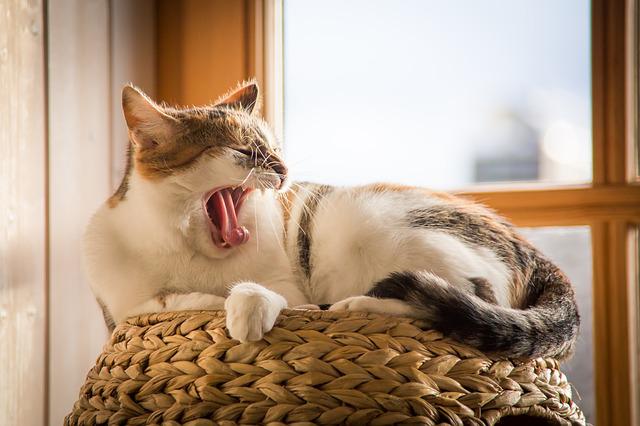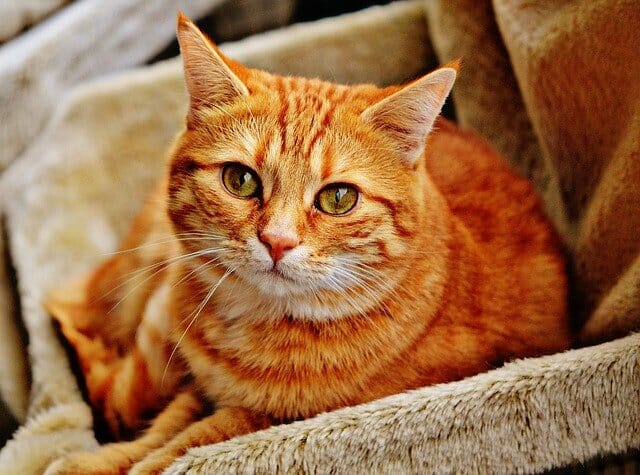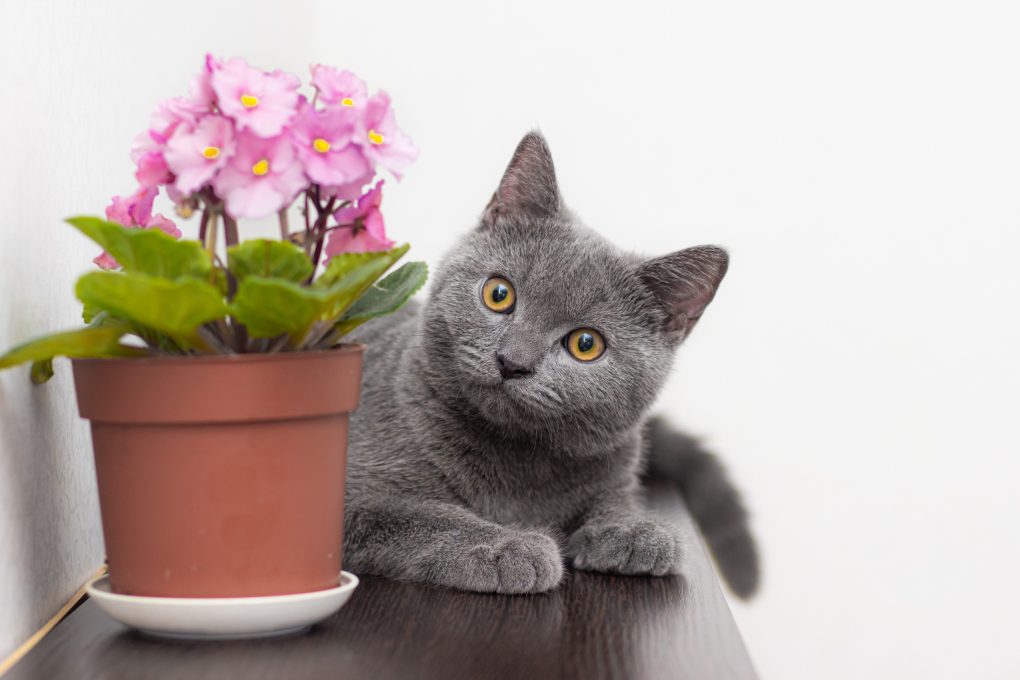How Long Do Cats Live Indoors: Factors Affecting Indoor Cat’s Lifespan
Indoor cats generally have a longer lifespan than outdoor cats due to the reduced risk of accidents, disease exposure, and other hazards. On average, indoor cats can live anywhere from 12 to 20 years or more, depending on various factors such as breed, diet, exercise, and medical care. Some indoor cats may even live well into their 20s or beyond, especially if they receive regular veterinary care and live in a stress-free environment.


Table of Contents
Factors Affecting Indoor Cat’s Lifespan
Access to Veterinary Care
Access to veterinary care is crucial to how long indoor cats live. For example, regular check-ups with a veterinarian can help detect and treat health problems early, before they become more serious, and can also help prevent certain health problems altogether.
Indoor cats are still at risk for certain health conditions, such as dental disease, obesity, and urinary tract problems. Regular veterinary check-ups can help catch these issues early and allow for prompt treatment, which can help extend your cat’s lifespan.
Quality of Life
Quality of life is an important factor that can affect how long indoor cats live. While a cat’s lifespan is determined by genetics, diet, medical care, and environment, it’s also important to consider its overall quality of life. For example, a cat’s quality of life is influenced by factors such as:
- Comfort: Indoor cats should have access to comfortable and safe spaces to rest and sleep.
- Nutrition: Indoor cats should have a balanced and nutritious diet to support their overall health and well-being.
- Mental stimulation: Indoor cats require mental stimulation to prevent boredom and stress, which can lead to health problems.
- Social interaction: Indoor cats should have opportunities for social interaction with humans or other cats, as socialization is important for their emotional well-being.
- Environmental enrichment: Indoor cats require a stimulating environment with toys, scratching posts, and other forms of enrichment to prevent boredom and promote natural behaviors.
- Health care: Indoor cats should receive regular veterinary care to prevent and treat health problems and ensure optimal health.
Health and Nutrition
According to Whitesburg Animal Hospital, health and nutrition are essential factors affecting how long indoor cats live. Proper nutrition is necessary for maintaining good health and preventing various health problems. Feeding your indoor cat a balanced diet that meets their nutritional needs is important for their overall health and well-being.


In general, indoor cats have lower energy needs than outdoor cats since they are typically less active. This means indoor cats may be more prone to obesity if they are overfed or not given enough opportunities for exercise and play.
Choosing high-quality cat food appropriate for your cat’s age, health status, and activity level is important. For example, many cat foods are formulated specifically for indoor cats, with lower calorie and fat content to prevent weight gain.
Age and Breed
As with any animal, age is a key factor in determining a cat’s lifespan. Generally, indoor cats tend to live longer than outdoor cats due to reduced exposure to environmental hazards such as predators, traffic, and infectious diseases. With proper care and attention, indoor cats can live in their late teens or 20s.
The breed of a cat can also play a role in its lifespan. Some breeds are predisposed to certain health conditions, affecting their longevity. For example, purebred cats such as Persians, Siamese, and Maine Coons may be more prone to certain health problems than mixed-breed cats. However, it’s important to note that while breed can be a factor, individual genetics and environmental factors may also affect a cat’s lifespan.
Exercise and Activity Level
Exercise and activity level are important factors affecting how long indoor cats live. Indoor cats are generally less active than outdoor cats, making them more prone to obesity and health problems related to a sedentary lifestyle. In addition, regular exercise and activity can help keep your cat physically and mentally healthy.
Providing your indoor cat with opportunities for exercise and play can be as simple as providing them with toys and scratching posts or as involved as setting up an obstacle course or training them to walk on a leash. Interactive toys like the wand and puzzle feeders can help keep your cat active and engaged. Regular playtime with your cat can also provide them with mental stimulation and help strengthen the bond between you.
It’s also important to ensure your indoor cat has plenty of space to move around and explore. Providing your cat with perches and other vertical spaces to climb can help satisfy their natural desire to climb and explore while providing them with exercise and mental stimulation.
Regular exercise and activity can help prevent obesity, improve cardiovascular health, and reduce the risk of other health problems such as diabetes, arthritis, and urinary tract disease. By providing your indoor cat with opportunities for exercise and activity, you can help ensure that they live a long and healthy life.
Environmental Factors


Environmental factors can also have an impact on how long indoor cats live. Indoor cats are generally protected from many dangers that outdoor cats face, such as traffic accidents, predation, and exposure to infectious diseases. However, indoor cats may still be exposed to environmental toxins and hazards, affecting their health and lifespan.
Indoor air quality can be affected by various factors, including cleaning products, tobacco smoke, and indoor air pollution. Poor air quality can contribute to respiratory problems and other health issues in cats. Many common household items, such as cleaning products, pesticides, and certain plants, can be toxic to cats if ingested. Keeping these items out of reach and using non-toxic alternatives can help keep your cat safe.
Cats are sensitive to their environment and can become stressed by loud noises, overcrowding, and other stressful living conditions. Chronic stress can contribute to various health problems, including immune system dysfunction and behavioral issues. Extreme temperatures can harm cats, especially older cats or those with underlying health conditions. Maintaining a comfortable temperature and providing adequate ventilation can help keep your cat healthy and comfortable.
